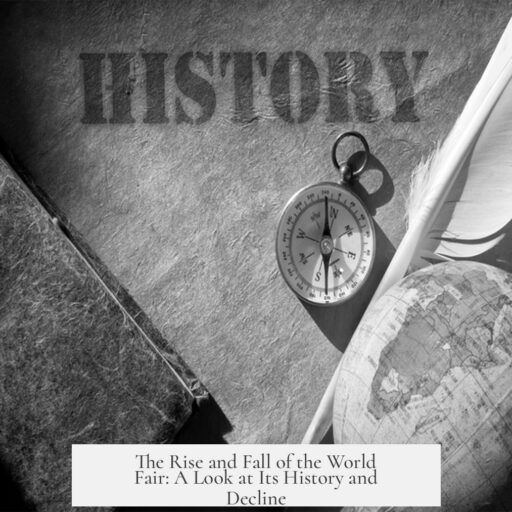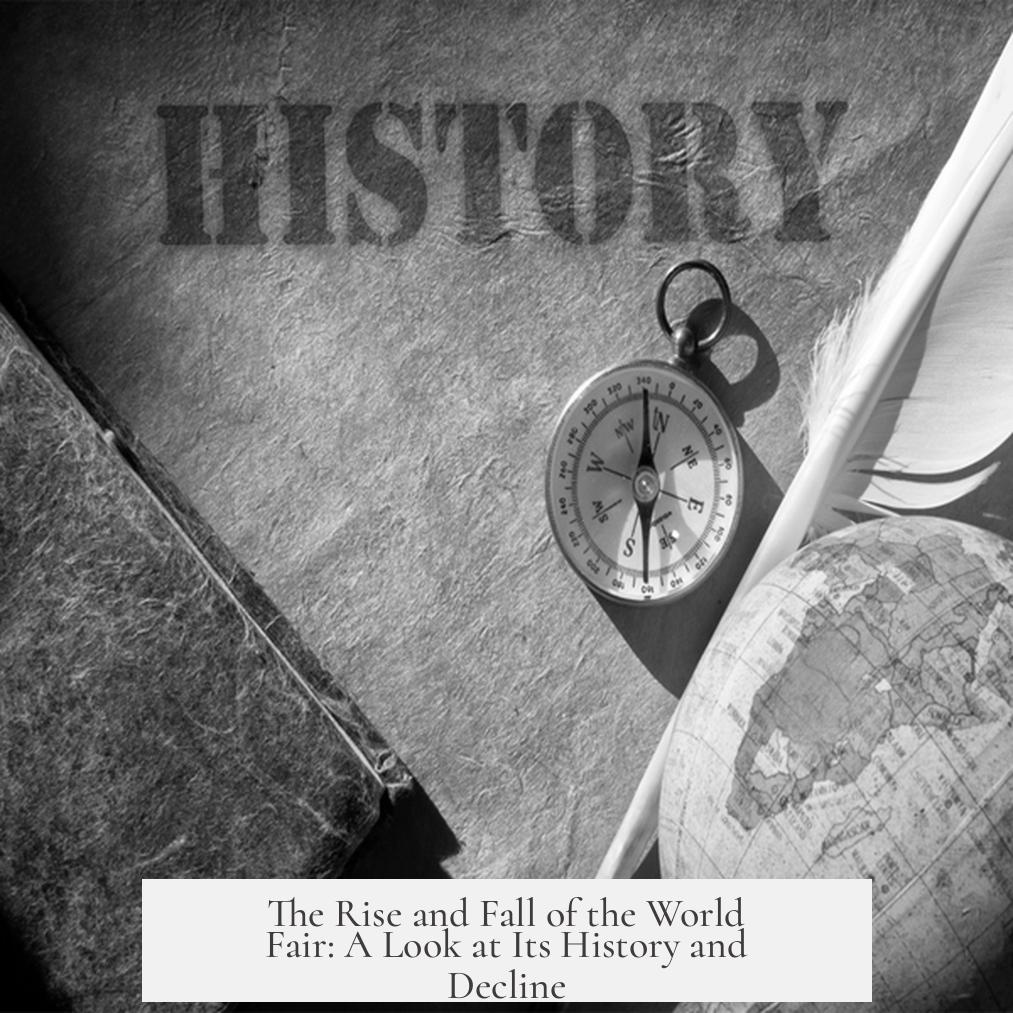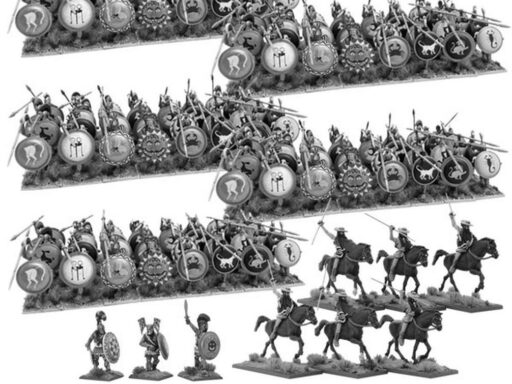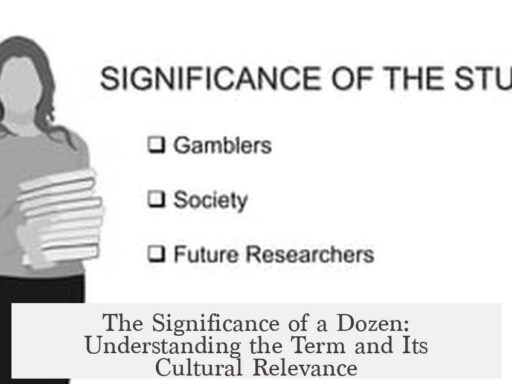The World Fair, now commonly known as the World Expo, has not disappeared but evolved significantly over time. It continues today as an event organized by the Bureau International des Expositions (BIE), occurring every few years. The last major one took place in Milan in 2015, with a specialized expo in Kazakhstan in 2017 and the upcoming event planned for Beijing. This shows World Fairs have not stopped but merely shifted in form and focus.
Originally, World Fairs showcased the latest inventions, industrial achievements, and national pride. In the 19th and early 20th centuries, they were grand exhibitions where countries displayed technological advances and cultural milestones. For example, Italy’s 1906 Milan fair celebrated industrial unification and progress. These fairs helped promote advancements like steam engines and the telegraph, highlighting a “world of tomorrow.”
Today, World Expos emphasize cultural exchanges and environmental themes rather than pure technological innovation. They act as public relations opportunities for host countries and platforms to highlight sustainable development and global cooperation. Modern expos often serve urban redevelopment purposes. The 1992 Expo in Seville, Spain, stimulated significant urban renewal and infrastructure investments, marking historical anniversaries while boosting tourism and local economies.
The reduced prominence of World Fairs results from global changes in communication and transportation. Fast news, instant information exchange, and rapid travel make it easier to access new ideas and technologies without attending a physical fair. This shift decreases the fairs’ role as the sole place to discover innovations. Instead, they focus more on thematic presentations and city growth initiatives than on showcasing cutting-edge inventions.
| Aspect | Past World Fairs | Modern World Expos |
|---|---|---|
| Purpose | Show technological progress and national pride | Cultural exchange, environmental themes, urban redevelopment |
| Frequency | Intermittent but frequent global events | Every few years, including specialized expos |
| Impact | Showcased inventions and industries | Stimulates city development and global cooperation |
- World Fairs still exist as World Expos under the BIE.
- The focus has shifted from technological showcases to cultural and environmental themes.
- Modern expos contribute to urban redevelopment and national promotion.
- Advances in communication have lessened the fairs’ traditional roles.



